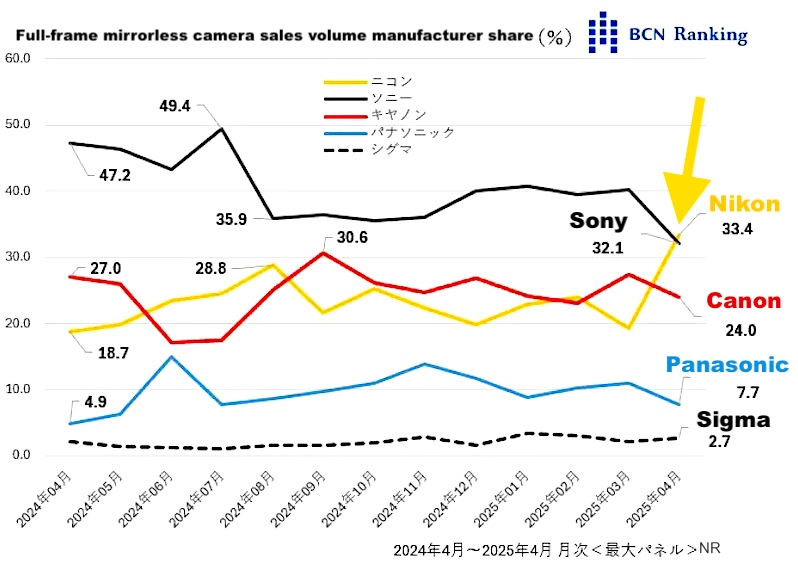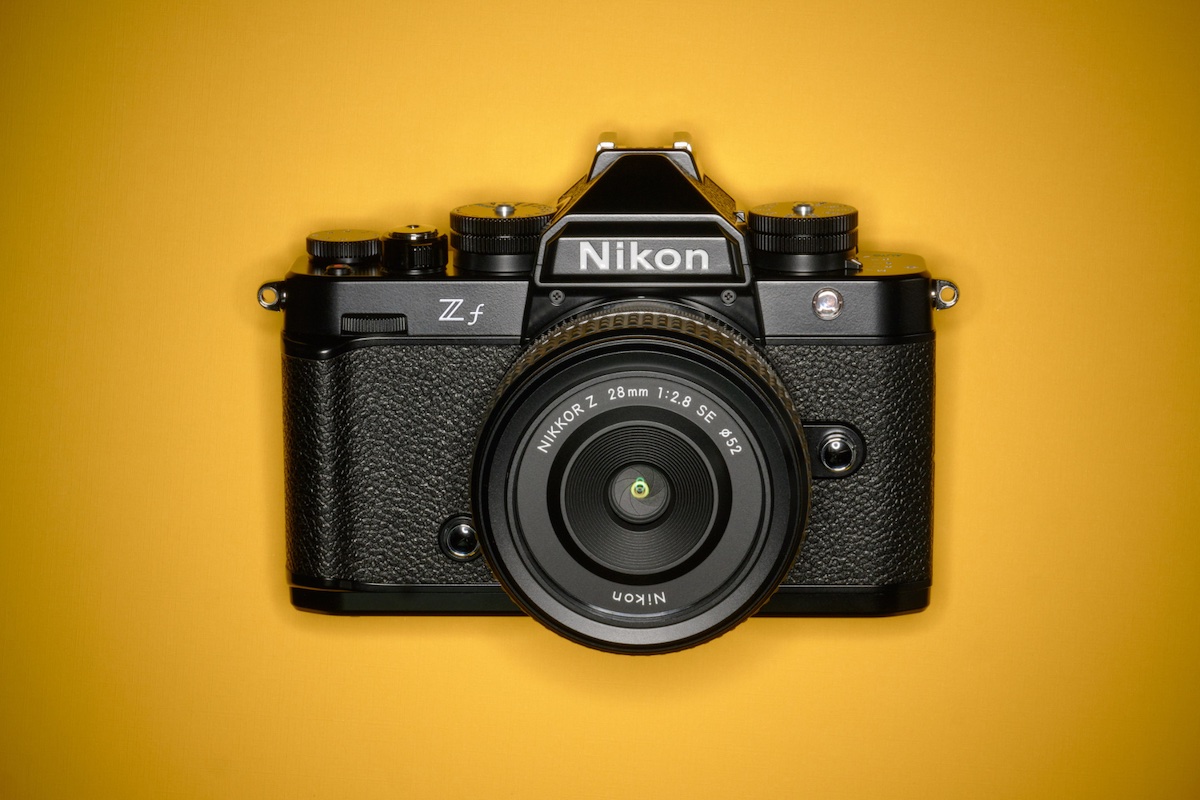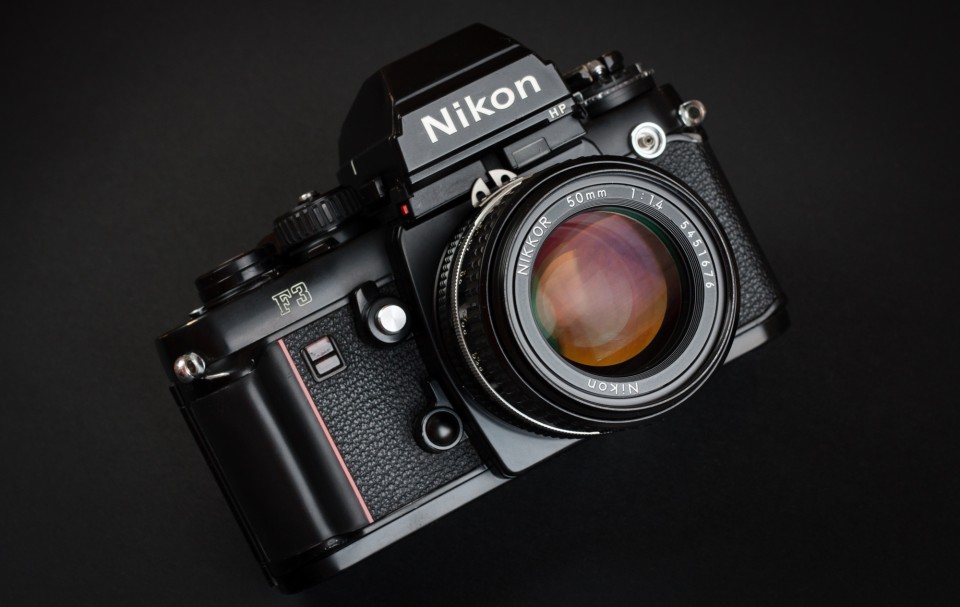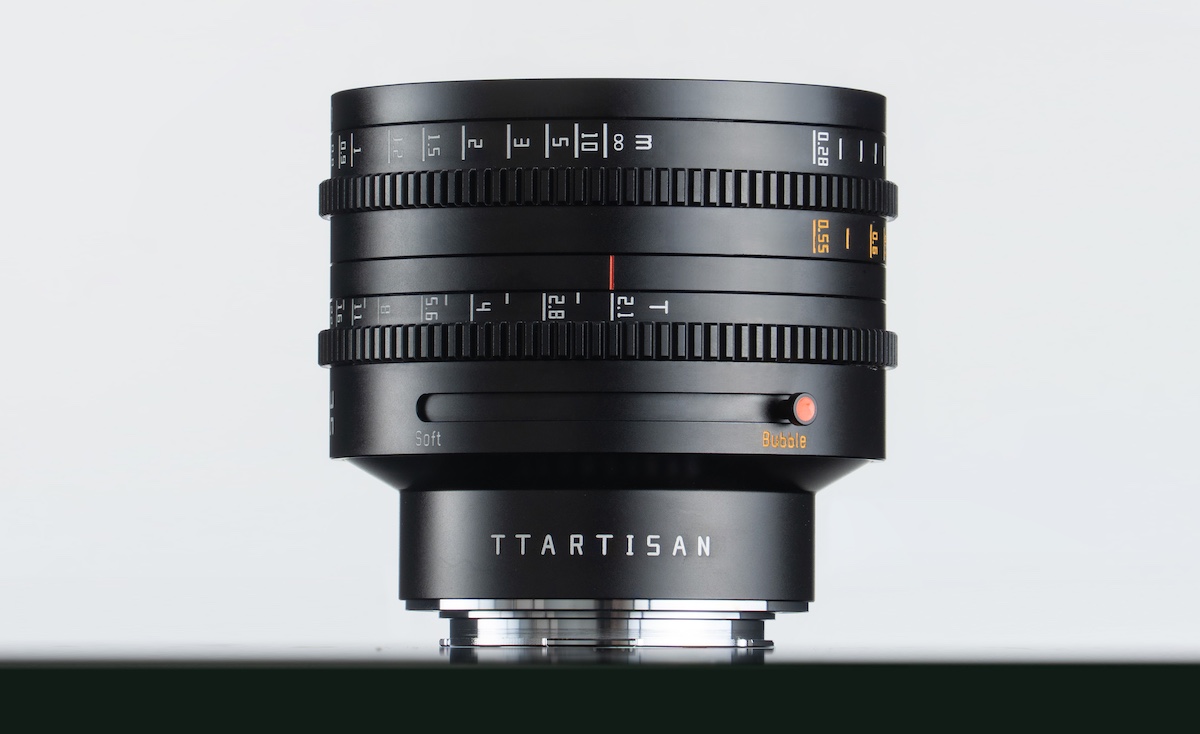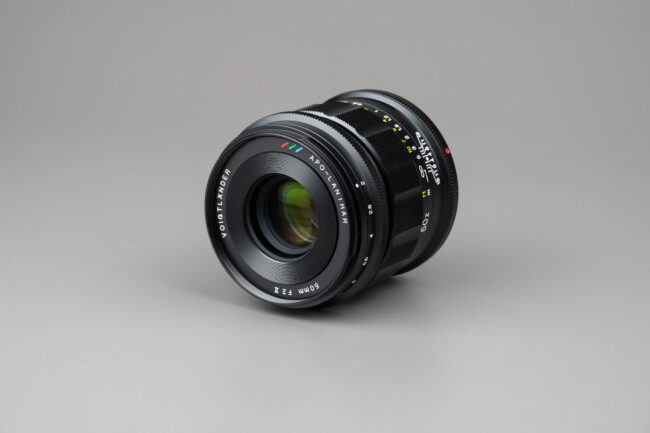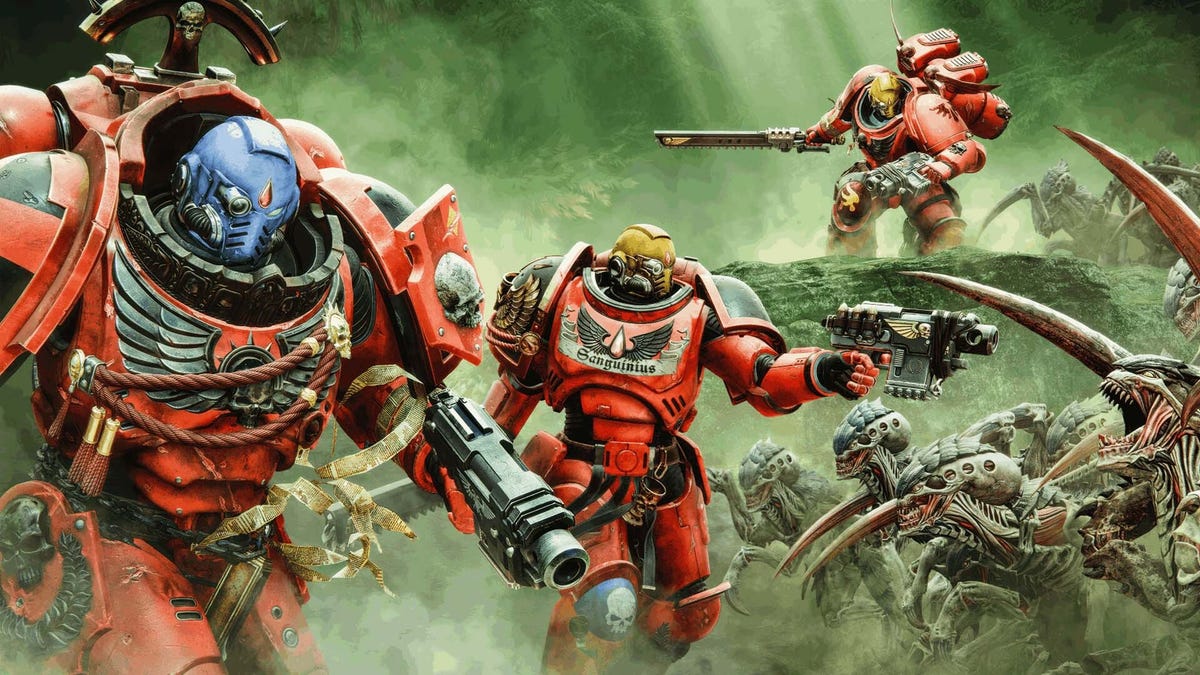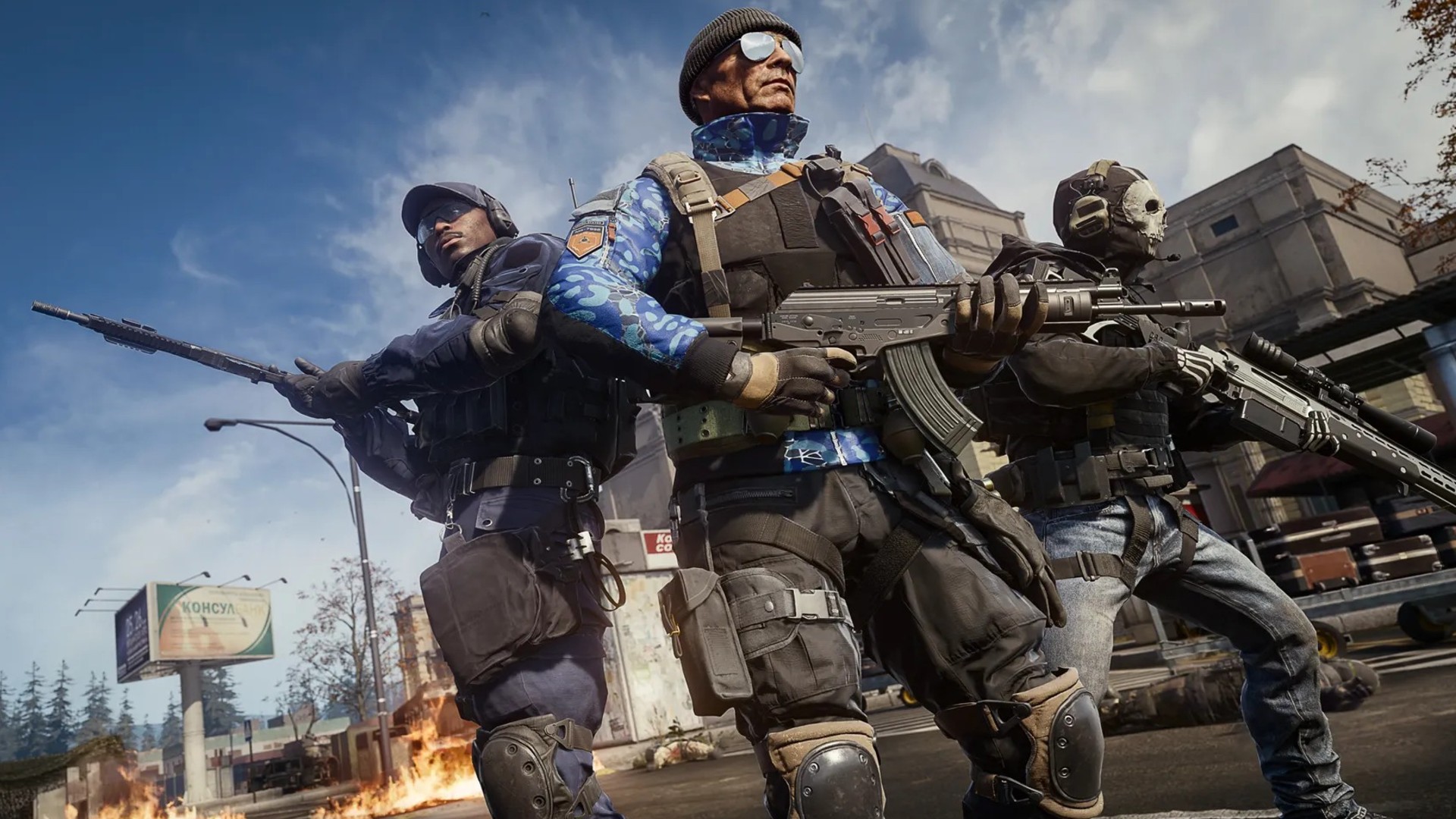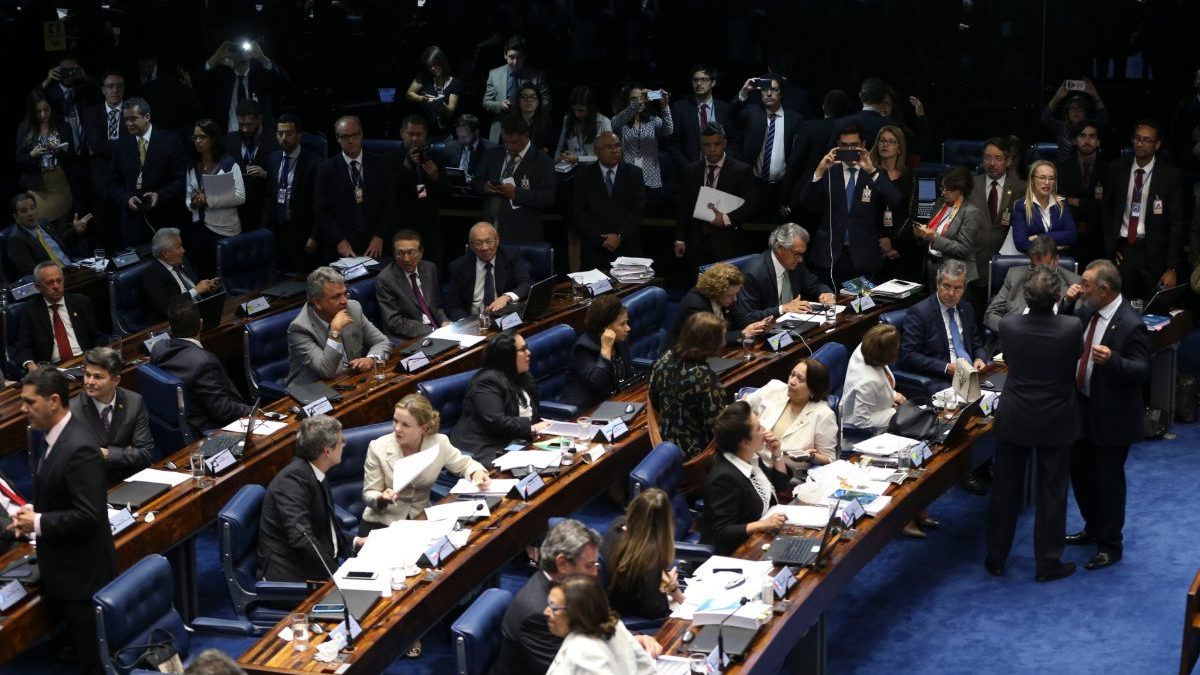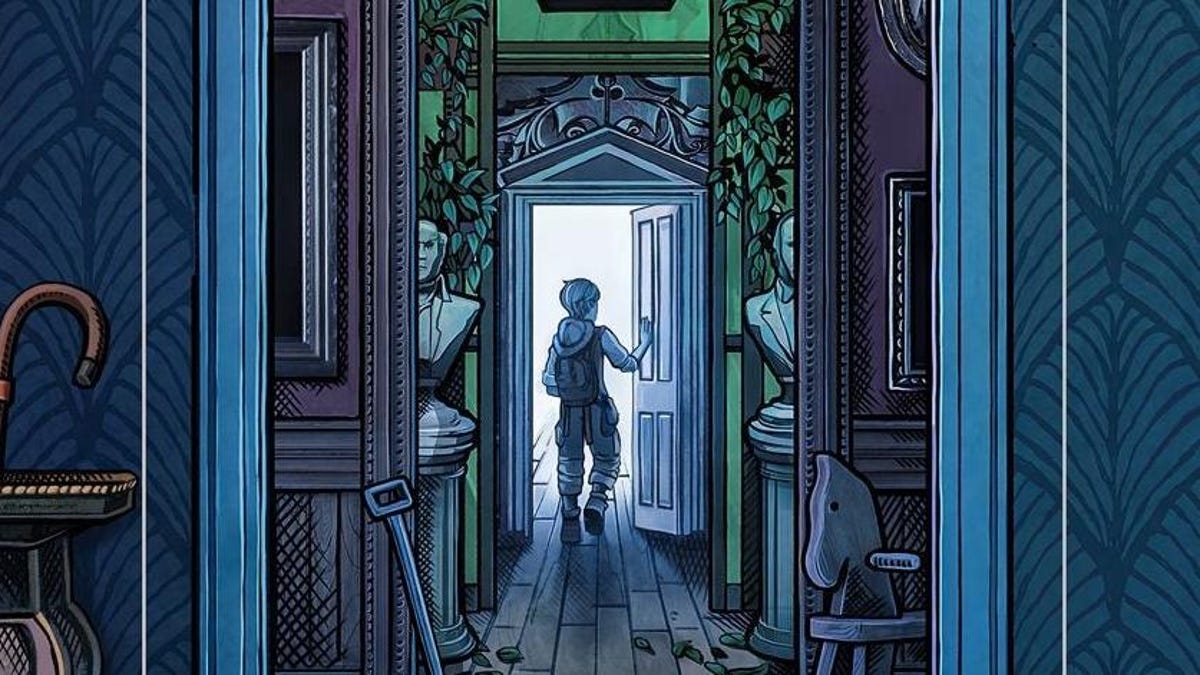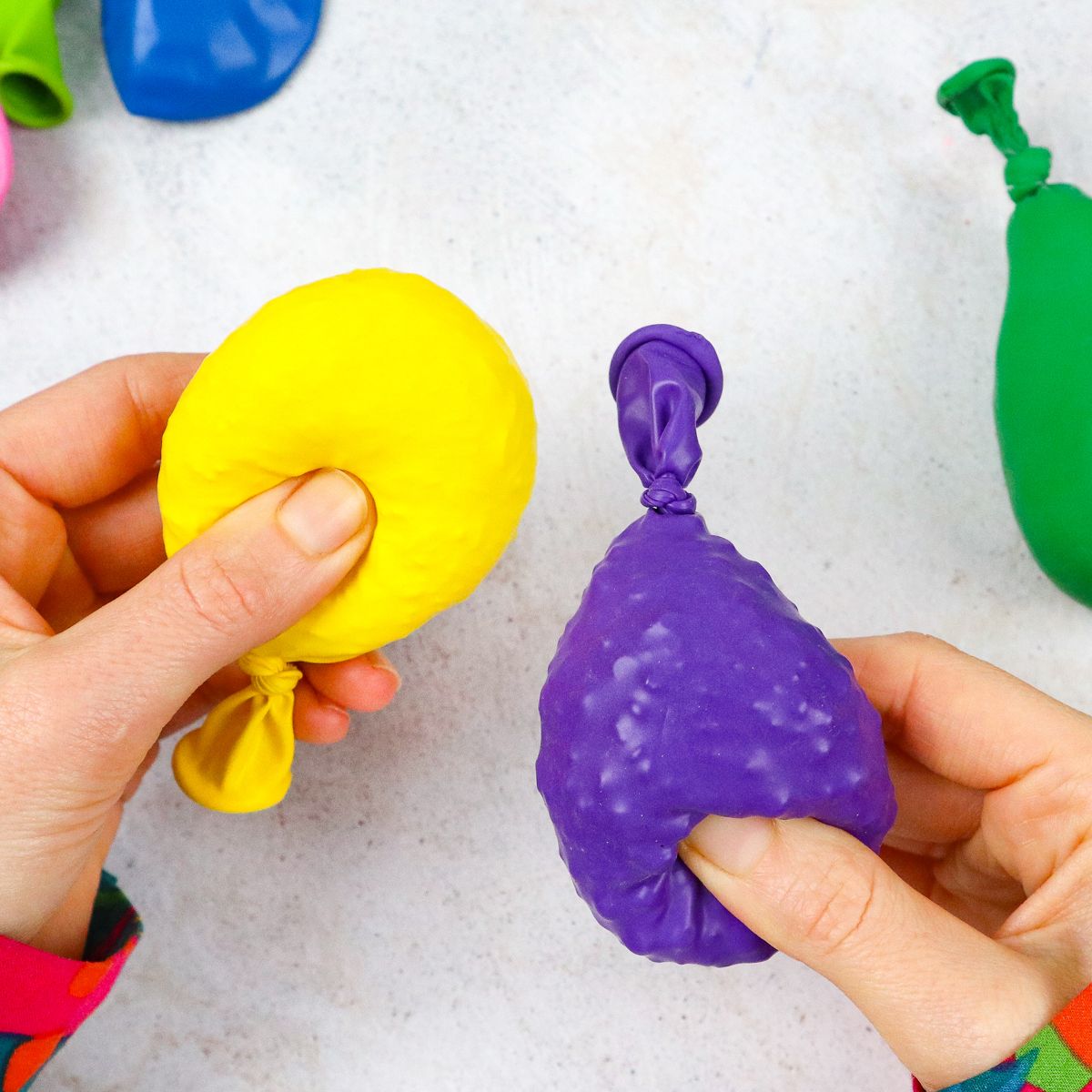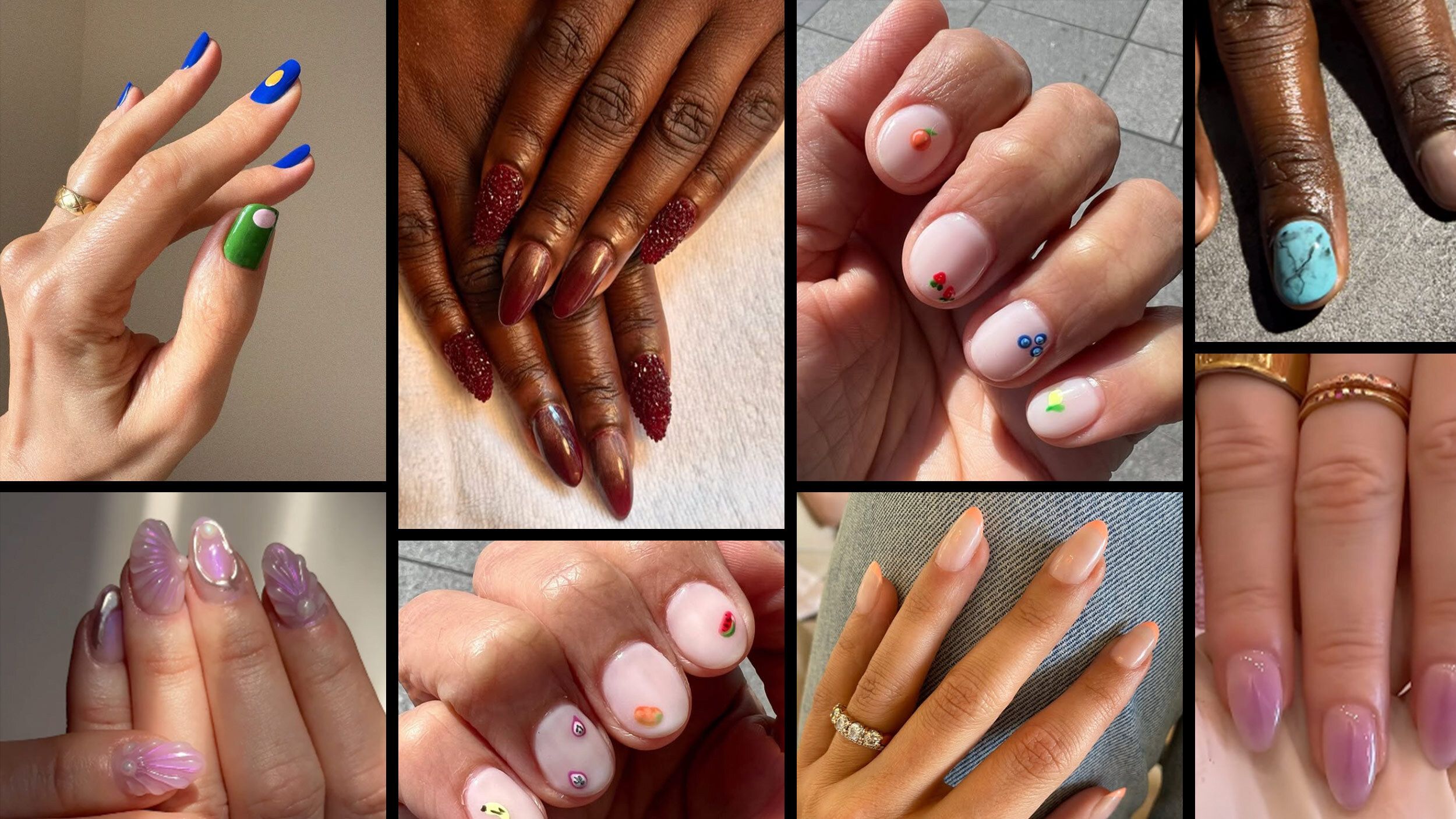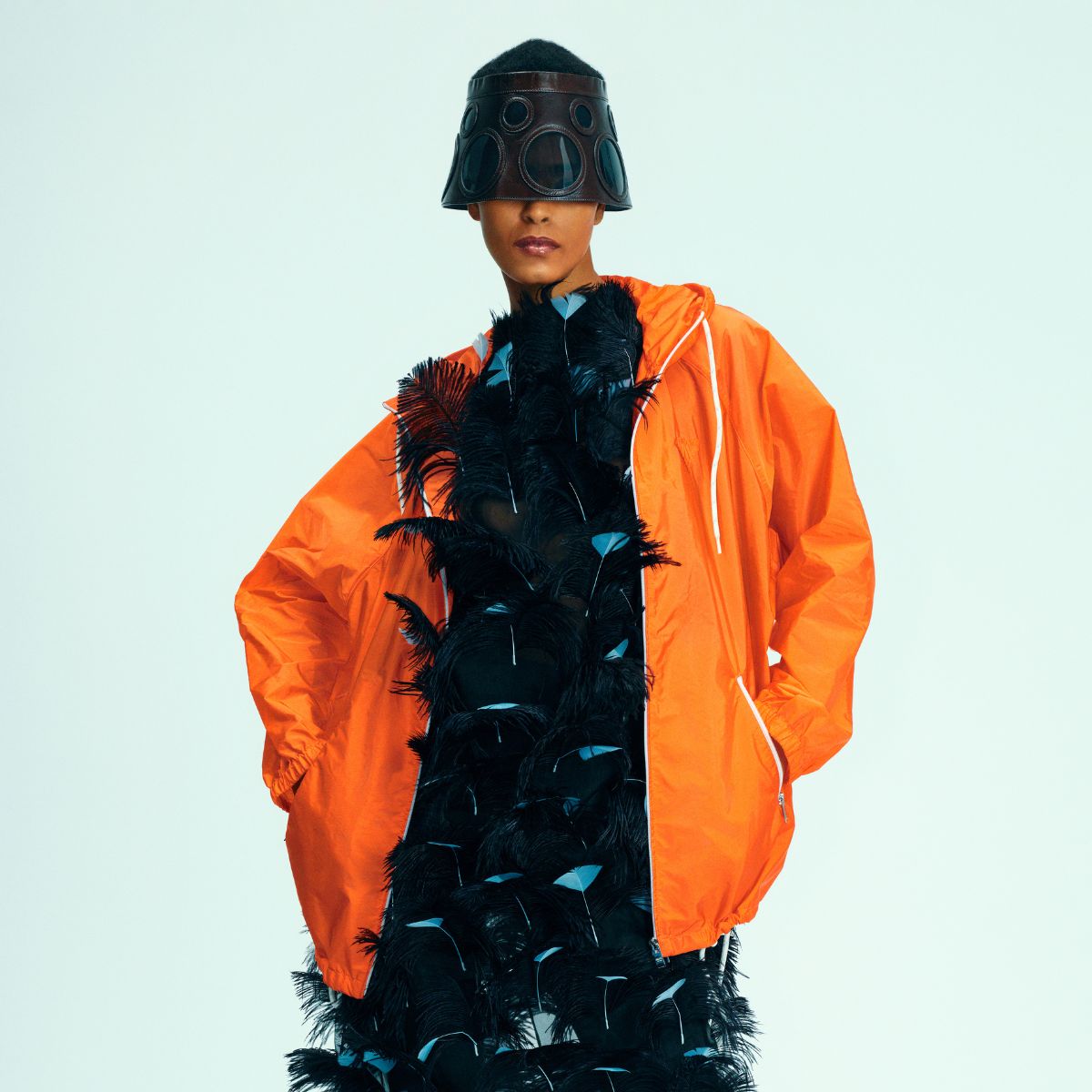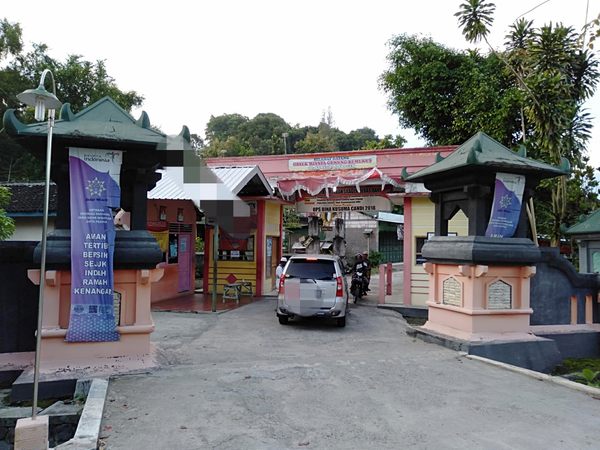Teenage Mutant Ninja Turtles: Tactical Takedown Review
A fun, if barebones, tactics game reminiscent of TMNT's arcade classics.


I never expected kicking a member of the Foot Clan to the curb before skateboarding over to pick up a pizza as an orange-clad Ninja Turtle would work just as well in a tactics game as it does in a classic beat-em-up, but Teenage Mutant Ninja Turtles: Tactical Takedown cleverly translates the approachable pick-up-and-play action and slim scope of the team’s arcadey adventures like Turtles In Time into a compelling, if barebones, turn-based tactics game. While missing some of the necessary communication that make the best strategy games tick, it’s still a blast to raise some shell as New York’s bodacious band of brothers.
Trim and concise, Tactical Takedown doesn’t waste time on an ooze-spilling origin story to get its story moving. You’ll know just about everything you need to after the first five minutes, though I’m sure you can guess: The Foot Clan, led by Shredder’s daughter Karai, is up to no good as always. This time, they’ve teamed up with mad scientist and fellow stalwart TMNT villain Baxter Stockman as they unleash a new plot to take over New York. Dialogue is relegated to only a minute or two of text boxes before and after each level, but Tactical Takedown still manages to make the most of that slim territory – it delivers a personal story about loss that does a great job of coloring outside the lines in vibrant blue, purple, red, and orange when it has to, especially with Leo and Raph’s relationship.
Leonardo, Donatello, Raphael, and Michaelangelo all ring true to the rhyming taglines about them that you may remember from your theme song iteration of choice, but this tale also sees the soon-to-be-20-something turtles facing the challenges of fighting without their brothers. That’s because all of the levels are solo missions, each carried out by a pre-determined turtle on his own turf. I’m disappointed with how exactly Tactical Takedown chose to reckon with that theme of isolation in its third act, but it does give every brother a chance to shine on their own while fighting.
Each unit, including the Turtles, looks like a static figurine on a grid-based board, almost like what you’d get from a tabletop game. They’re more animated than static game pieces, shifting poses based on their attacks, the last action they took, or what kind of status effect they may have, but are mostly still. It’s a clever, lo-fi homage to the Turtles’ static origins in the panels of Eastman and Laird’s comics, but a zoomed-out camera obscures the personality you’d expect from the colorful, action figure-like combatants. Couple that with a surprising lack of voice acting, these often larger-than-life caricatures of teenagers can feel more like lifeless game pieces.
Although the adolescent ninjas all have six health points, six action points to spend on stuff like moving and attacking each turn, and three arcade-style continues for when the going gets tough, they have distinct movesets that play into their weapons and personalities well as they disrupt the Foot in their territory. Leo’s straightforward prowess over martial arts gives him a satisfyingly rhythmic flow that matches up nicely with the tight lanes of the subway. Dispensing debuffs that set up a more devastating blow on the next action, while stacking a buff that allows him to evade any attack, made him my favorite as I cleared a few of his missions without taking a single hit.
Meanwhile, Donnie’s complex but rewarding traps and map control made poisonous sewer water my ally. It was fun to use his kunai attack to stop Foot ninja when they were waist-deep in the toxic sewage, then knock away at their health from dry ground with his bo staff while throwing out electrical traps to keep my perimeter safe. Raph’s powerful bursts of strength suited the small Manhattan rooftops well as I kicked ninja to their doom, which granted a buff that let me deal extra damage and collect extra action points with his sai attack. Then, I’d cannonball into another group of enemies, sending out a damaging shockwave and dishing out a debuff that let me deal extra damage to every enemy around me, reaping even more action points. Finally, Mikey’s skateboard made him a dependably acrobatic street fighter whose mobility made it easy to jet from one end of a stage to the other before kicking obstacles at Foot ninja like in a classic martial arts movie.
Every turtle has extra unlockable abilities to buy from a shop using shells, which are doled out based on your performance in each level, but they don’t feel necessary to reach the end on your first try – in fact, I didn’t even notice the shop until after I rolled credits on Tactical Takedown’s 6-ish-hour campaign. It wasn’t until I started chasing high scores in a few levels that I realized how transformative those new abilities could be, and I loved how customizable each turtle’s moveset ultimately felt. My favorite added useful moves to Raph’s kit that came with downside of damaging himself, but then paired with less powerful attacks that had a vampiric healing effect to balance things out.
Building new loadouts also highlighted something that annoyed me about Tactical Takedown, though: Communication, or lack thereof (ironically, a core theme of this turtles story). This take on TMNT doesn’t make important gameplay elements clear in some moments, which can be a widowmaker in any game where strategy is king. For example, new moves only describe their range or area of effect (ie: 1-meter cone) rather than showing you what that shape or range might look like on the tactics grid. Another move I discovered applied a debuff I hadn’t seen yet, but it didn’t say what that debuff actually did, frustratingly leaving me to find out a few turns into a battle. Basic tooltips like this have been in strategy games for years, making their absence even more confusing and frustrating.
These issues aren’t nearly as pronounced when you’re actually in the heat of a battle, but they still pop up in frustrating ways. Instead of just showing what buffs or debuffs an enemy has when hovering over them with your cursor, like most other contemporary strategy games, you need to enter a separate inspection mode to figure out what that move you just used did to the Foot ninja you’re about to take out. Thankfully, you can always hit tab before using a move to check exactly what it does. But other stats, like a Turtle’s likelihood to dodge incoming attacks, which happened at random, just weren’t clear enough to me.
Once I wrapped my mind around what each buff and debuff did, I got into a comfortable rhythm with Tactical Takedown. These effects are visualized on the board by altering the game piece-like characters, each causing different poses or cartoonish flourishes that add some rare life and personality, which eventually made it so I didn’t need to tab over a move to remind myself of a specific effect every other turn.
Things also become easier to track because Tactical Takedown doesn’t really grow or evolve after the first hour or so. Once you’ve played each Turtle’s first level, you’ll have seen a surprising chunk of the enemy types, obstacles, and design ideas the whole package has to offer. This leaves all sense of progression to wholly optional unlocks and the small bites of story, and there’s never much of a challenge until the very last level. Such a narrow scope reflects that of a classic TMNT beat-em-up, and like those bygone classics (and Shredder’s Revenge), Tactical Takedown largely gets by on the merit of its combat and how accurately it nails the feel of each character. Fully clearing the board of Foot soldiers in a single turn using a masterful understanding of each Turtle’s moveset was consistently satisfying and enjoyable, but I still kicked the same nameless ninja off of a lot of different rooftops.
Tactical Takedown further echoes those classics by grading your performance in each level with an arcade-style scoring system. Each takedown adds to a multiplier, further encouraging that hunt for a satisfying screen wipe. And once you’ve cleared a level, your number of KOs, remaining continues, and total damage will contribute to both a final score and the amount of shells you’ll earn to spend in the shop. Each mission comes with a par score to shoot for or surpass, which was a fun motivator to get me back in action and try some levels with new movesets.
The places where this formula breaks from its arcade inspirations don’t do it any favors, either. Disappointingly, it doesn’t have that many boss fights – and what few are present are saved for the very end and aren’t very memorable (except for the very last one), which only worsens that stale feeling. But the lack of a meaningful team-up makes for an even worse break from canon than the sparse bosses. While I understand that Tactical Takedown is all about the Turtles growing apart, it’s frustrating that we never get to see the Turtles at their best: Together. Tactical Takedown partially remedies this in its fourth chapter, but not in a very satisfying way.



































